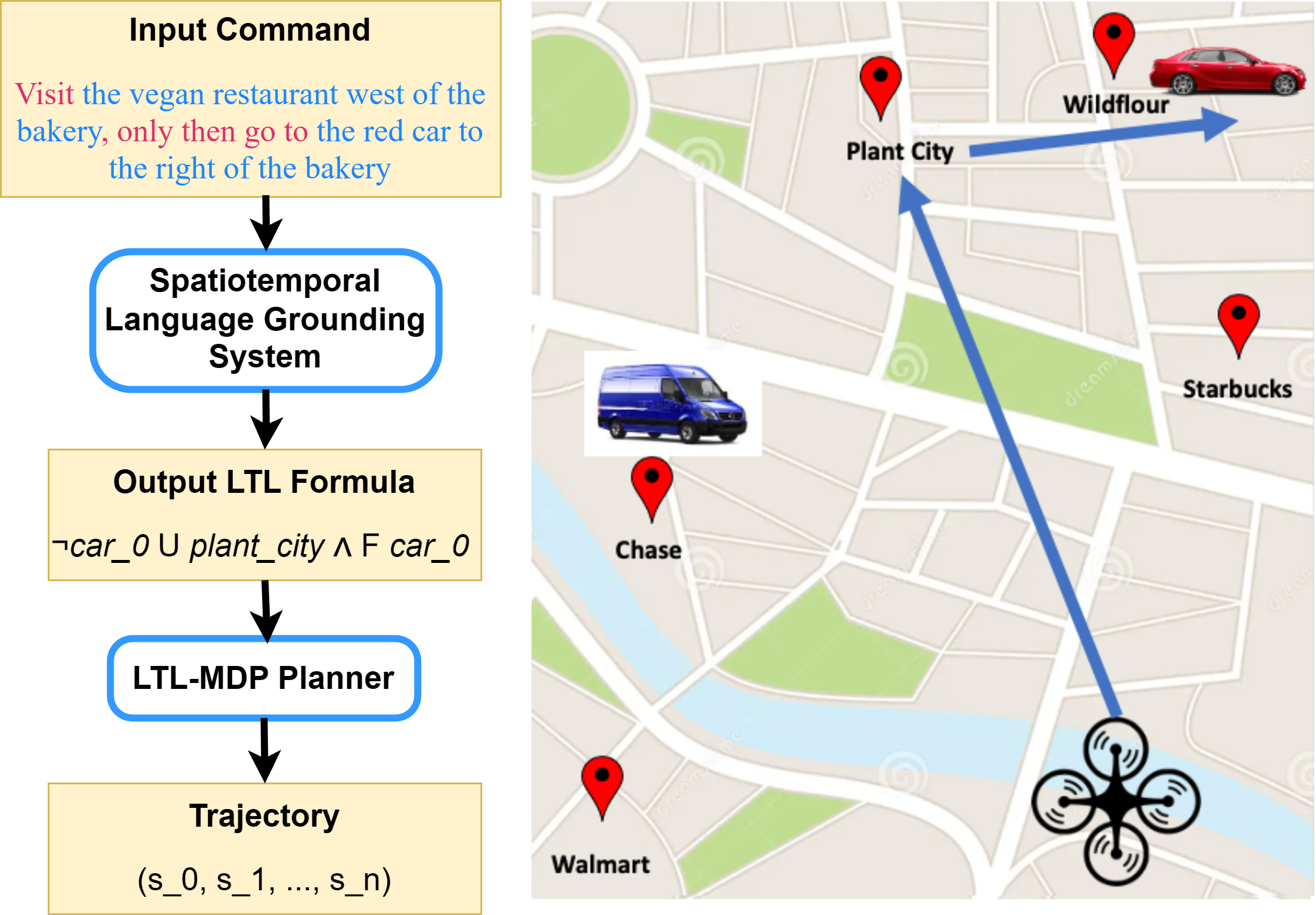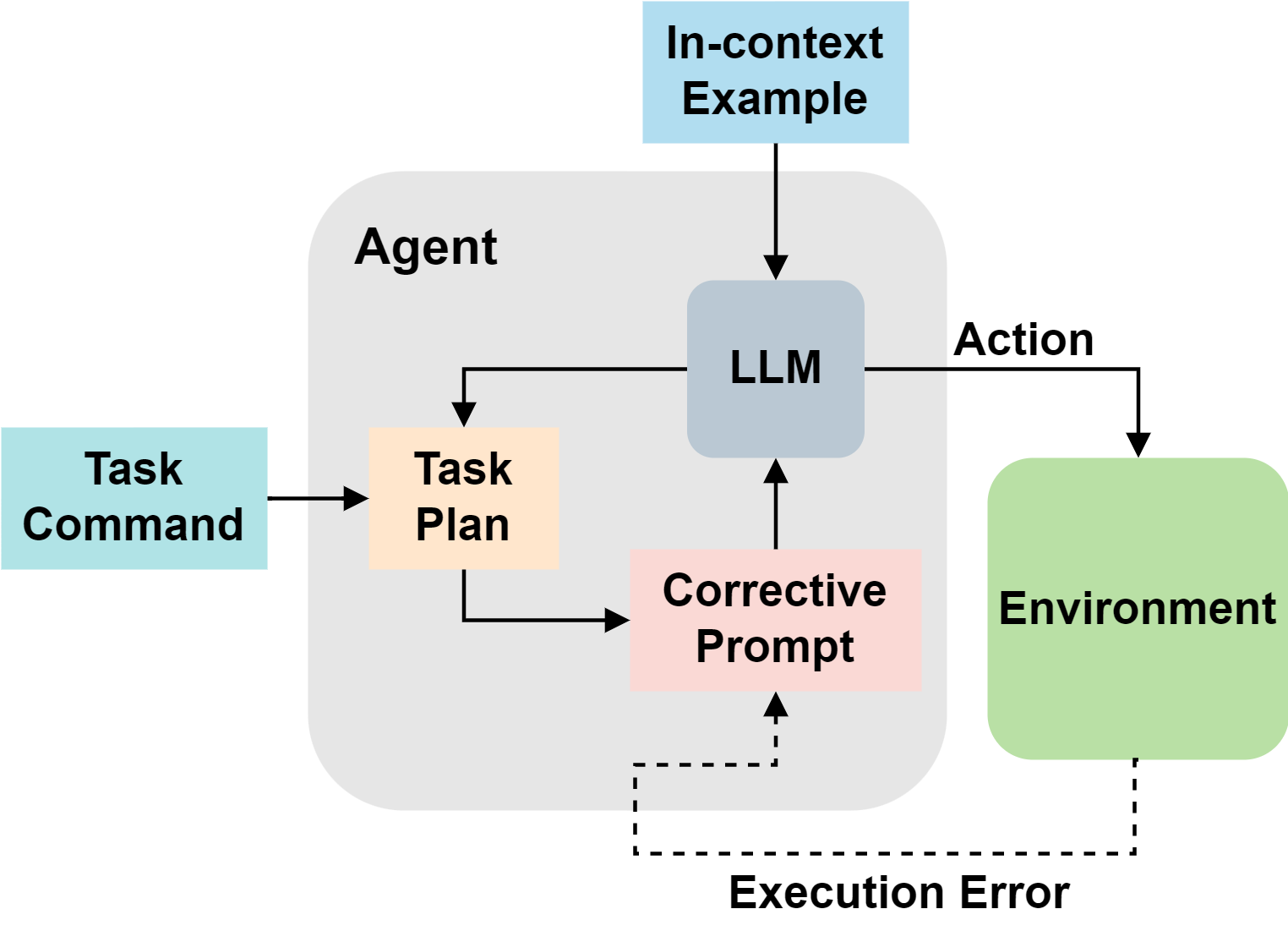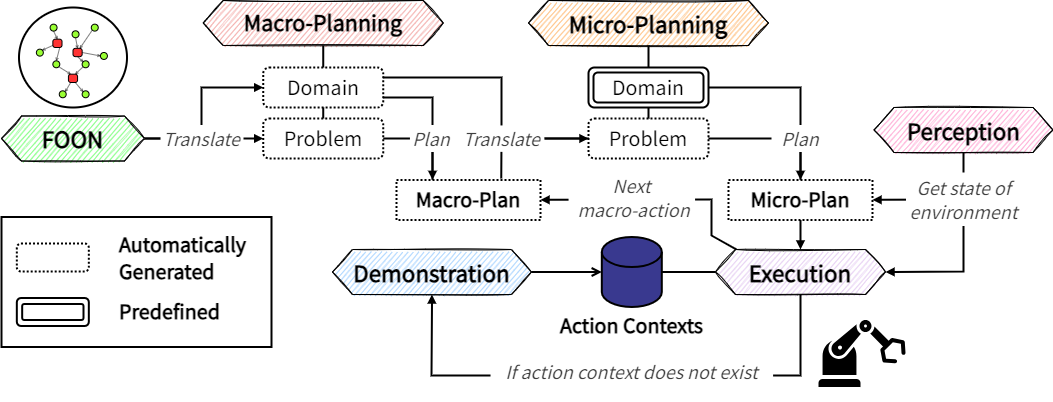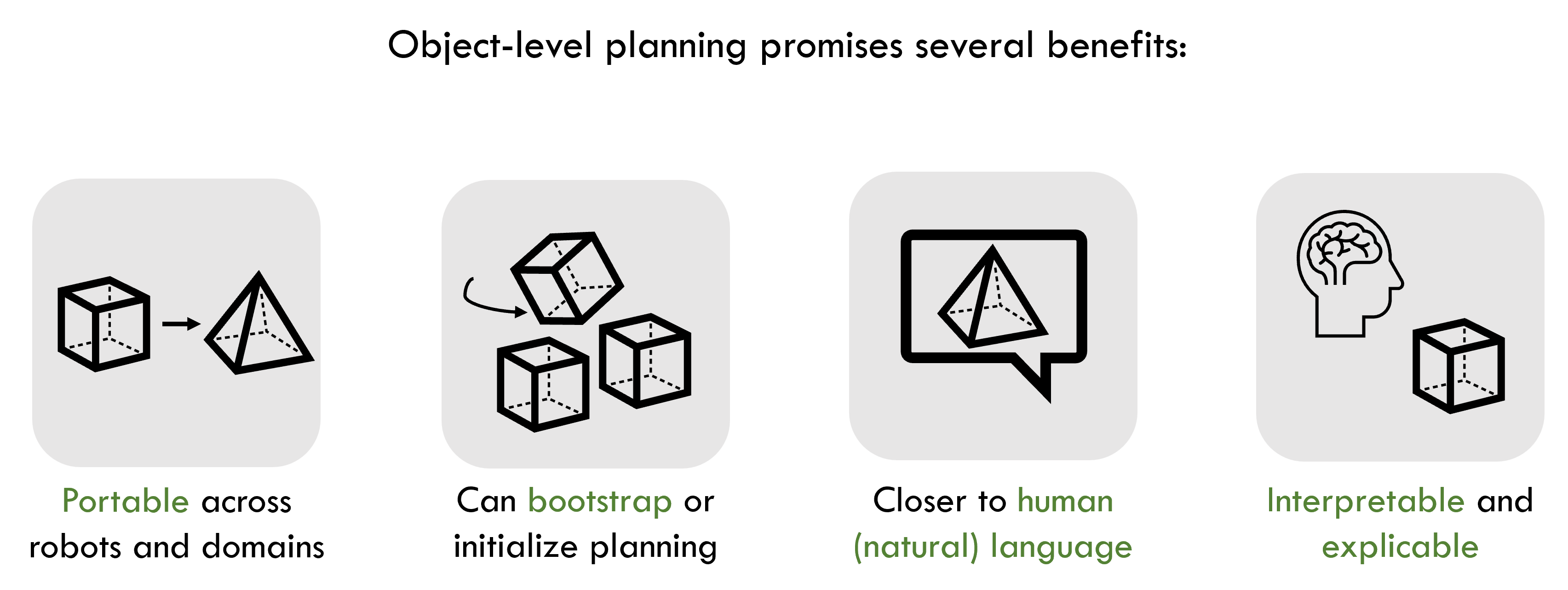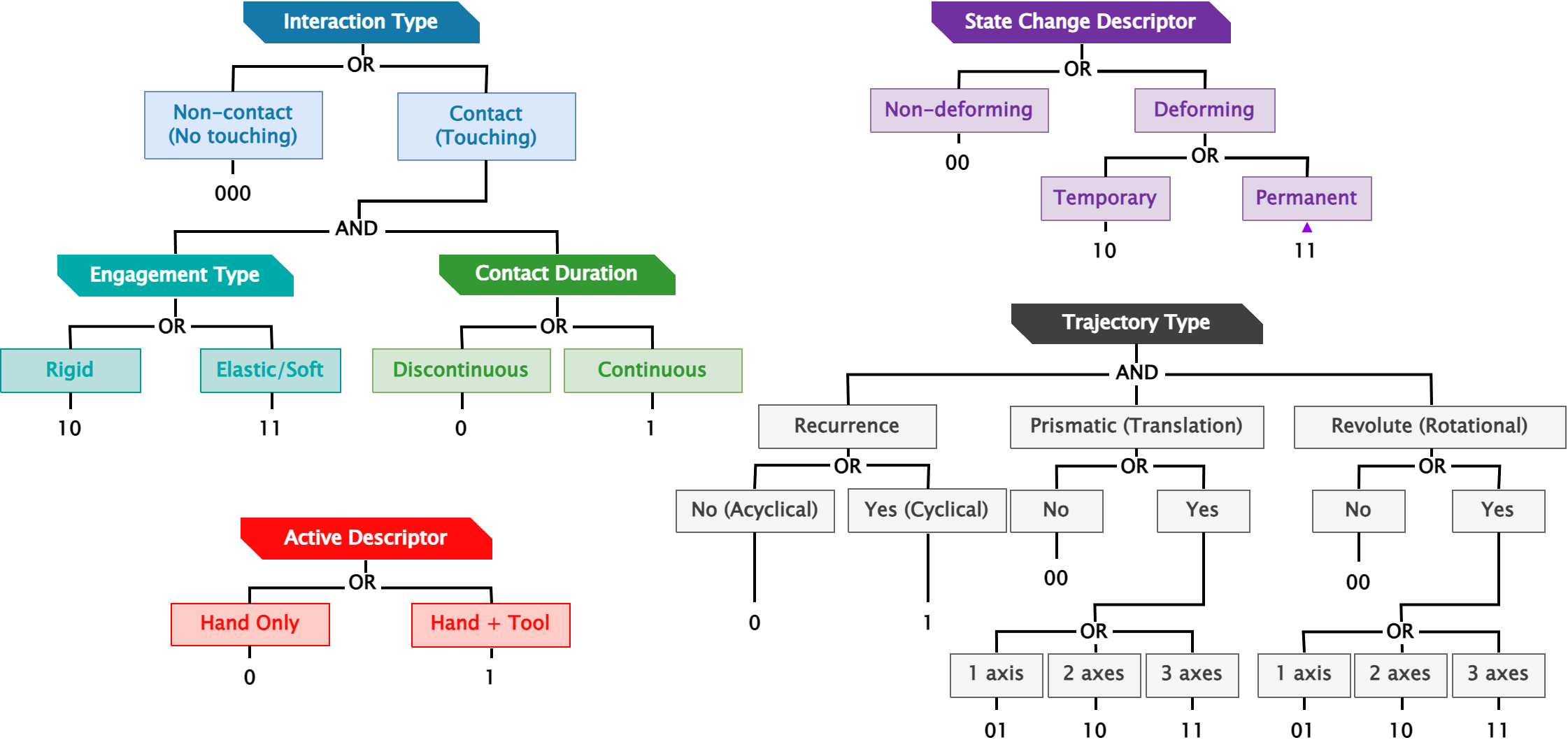[IROS-25] Least Commitment Planning for the Object Scouting Problem
TL;DR – This paper introduces a new planning framework for object scouting called the Scouting Partial-Order Planner, which exploits partial order and regression planning to plan around gaps in knowledge the robot may have about the existence, location, and state of relevant objects in its environment.

